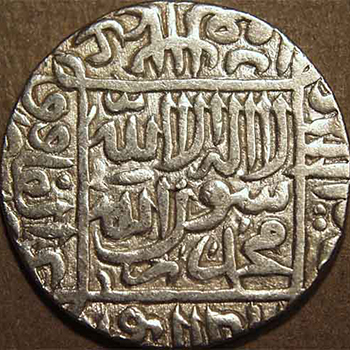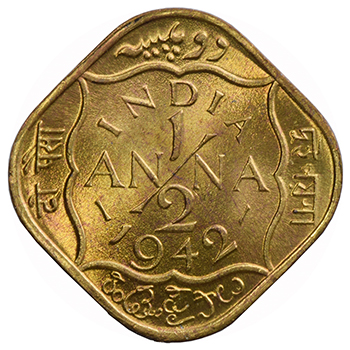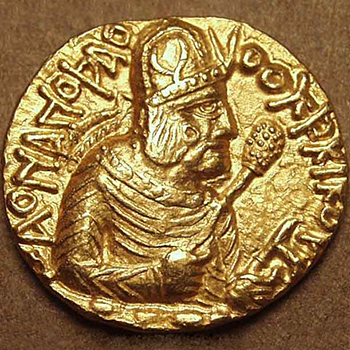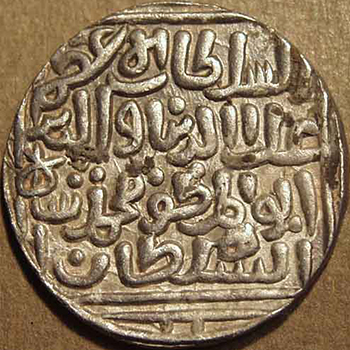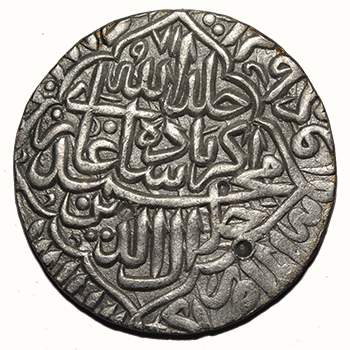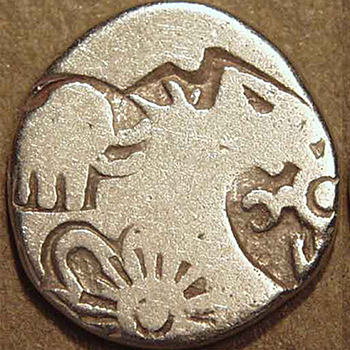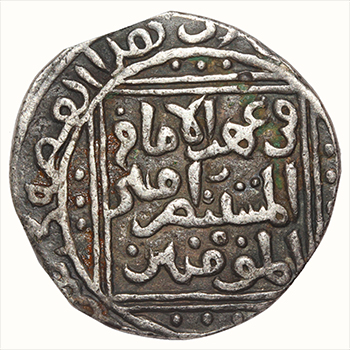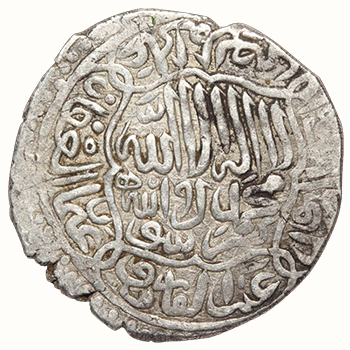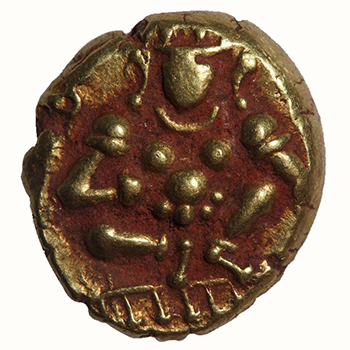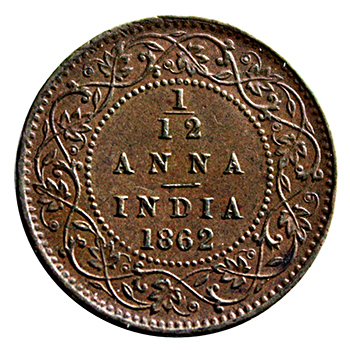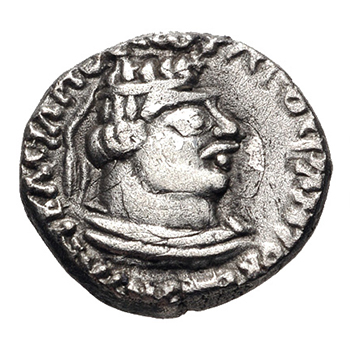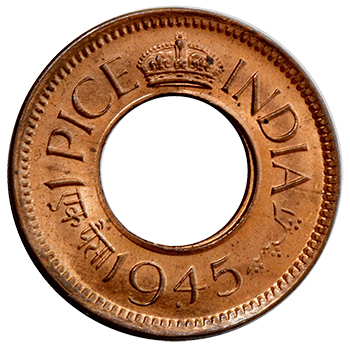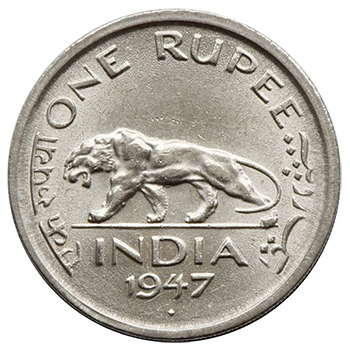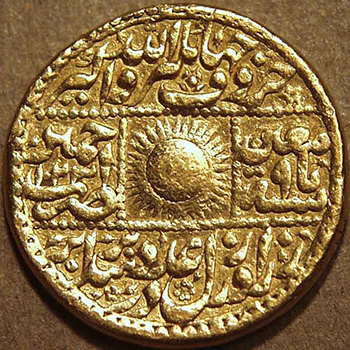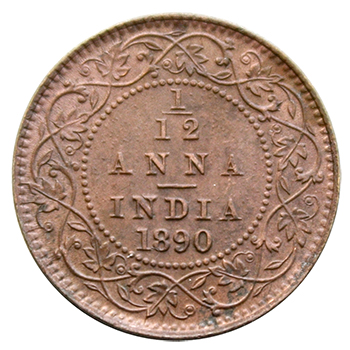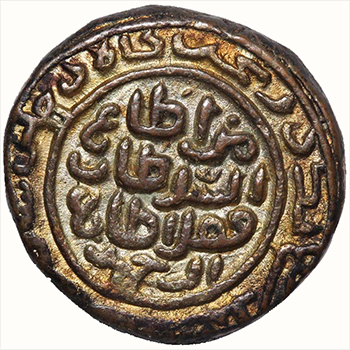There is a whole category of Indian coins in the "Indo-Sassanian style", also sometimes called Gadhaiya paisa, that were derived from the Sasanian coinage in a rather geometric fashion among the Gurjaras, Pratiharas, Chaulukya-Paramara, and Palas from circa 530 CE to 1202 CE. Typically, the bust of the king on the obverse is highly simplified and geometric, and the design of the fire altar, with or without the two attendants, appears as a geometrical motif on the reverse of this type of coinage. It is possible to see a progressive degradation and stylization of the original Sasanian design in ways that vary according to the region where it was current. Typically, the bust of the king on the obverse is highly simplified and geometric, and the design of the fire altar, with or without the two attendants, appears as a geometrical motif on the reverse of this type of coinage.
Artist/Creator/Designer: Gupta Dynasty
Category: Evolution of Coin Design in India
Period: (500-599) C.E
Media: Coin
Material: Copper-silver alloy
References: https://www.iastoppers.com/articles/discovery-of-an-ancient-archaeological-site


